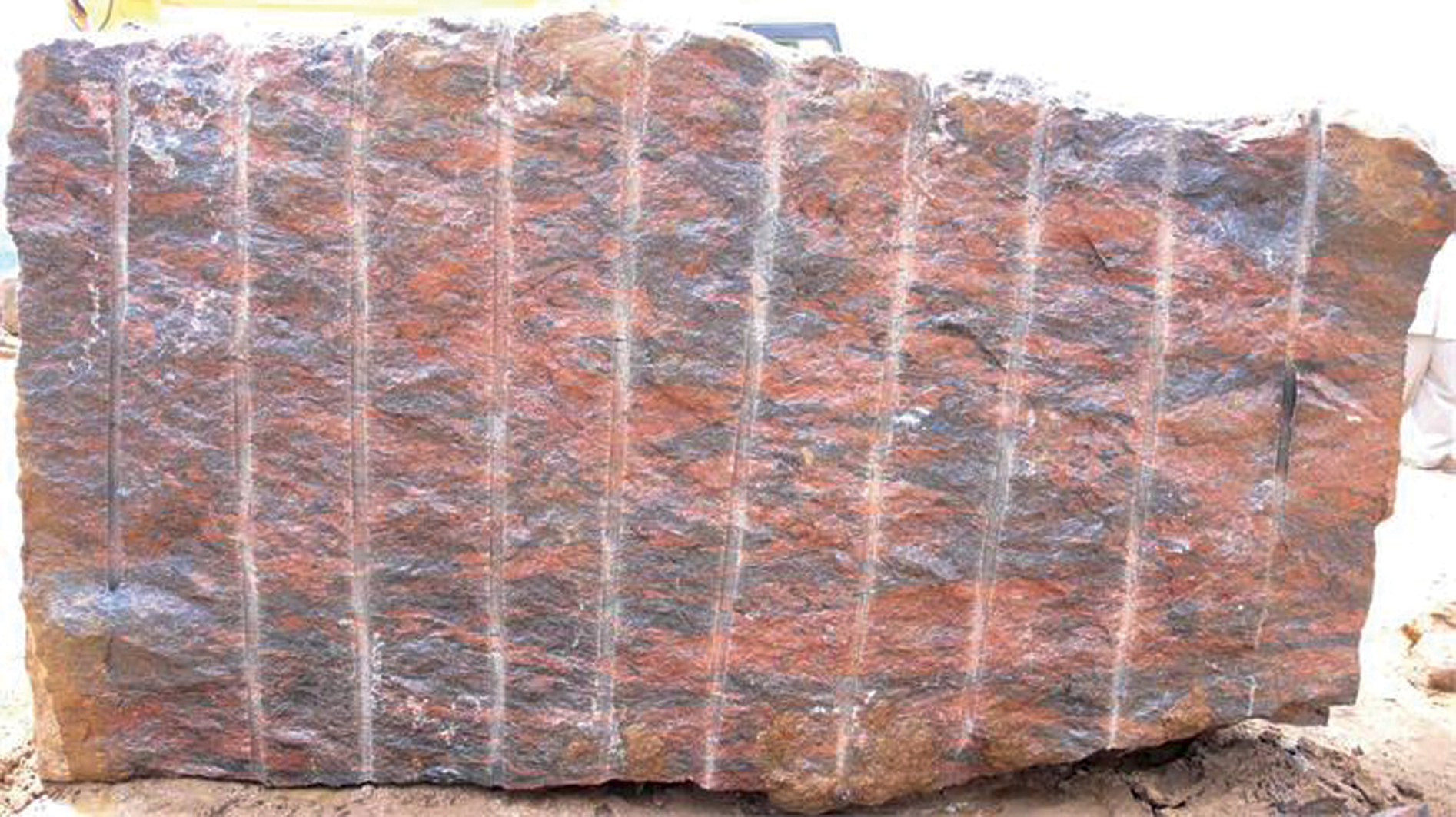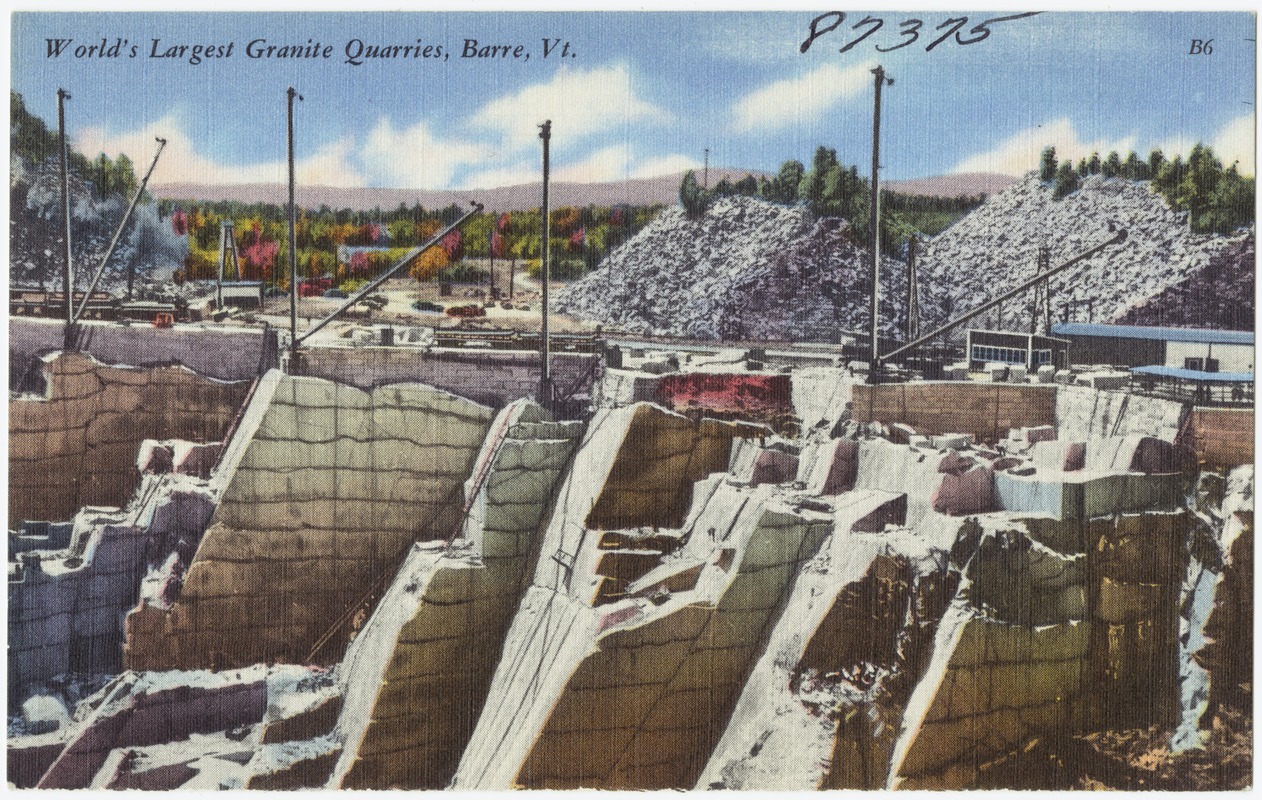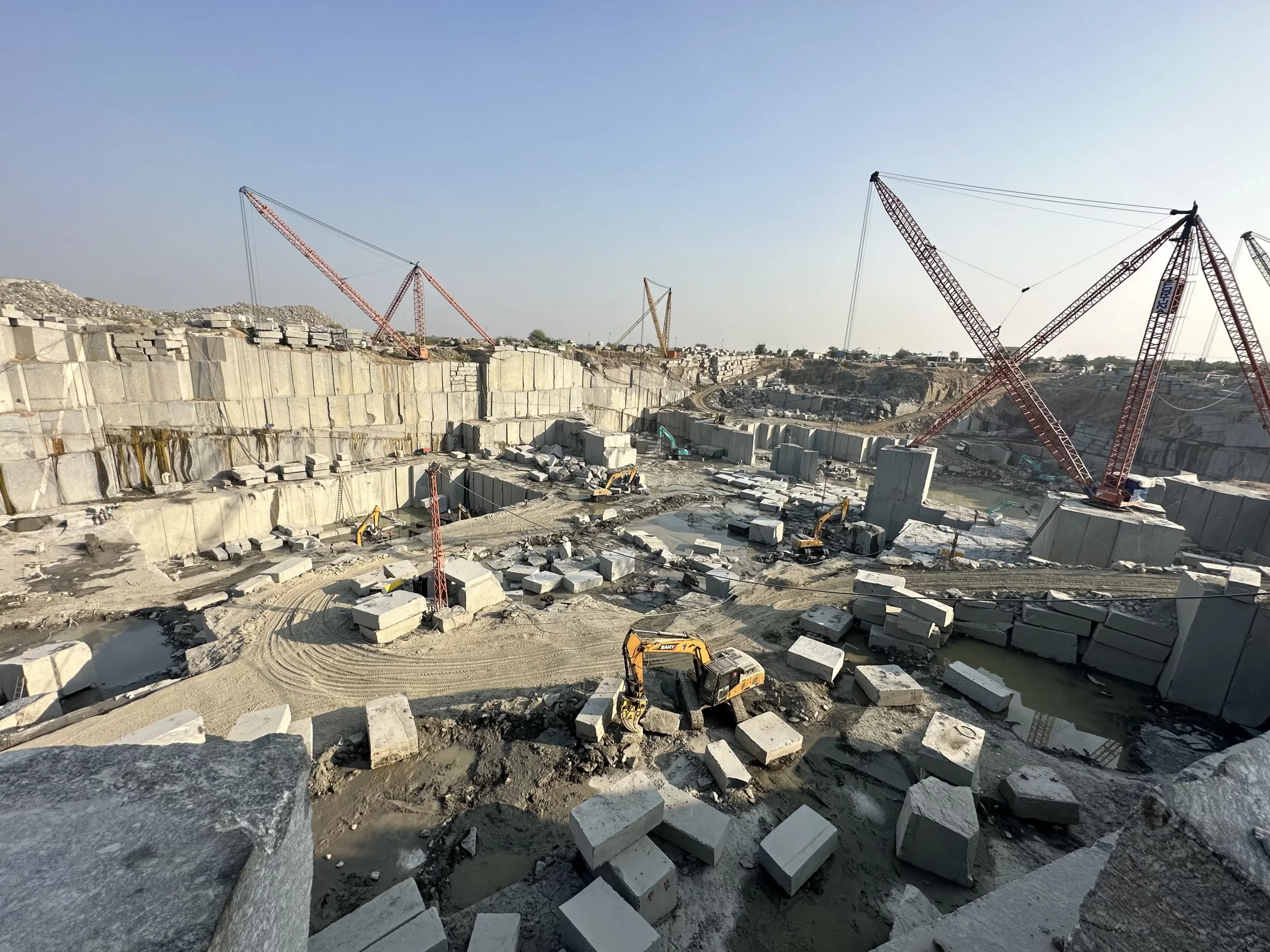Uncovering the Rich History and Sustainable Practices of Granite Quarrying
As we base on the precipice of revealing the intricate tapestry of granite quarrying, a trip with time exposes not just the physical act of removing rock however also the social and historical value woven right into the very textile of this technique. From the old origins that laid the structure for contemporary quarrying strategies to the sustainable techniques that are forming the future of this industry, each chisel mark on granite surface areas informs a story waiting to be unearthed (granite quarries in south africa). The tradition of granite quarrying extends far beyond simple removal; it is a testament to human resourcefulness, durability, and the enduring appeal of this magnificent rock
Old Origins of Granite Quarrying
Going back to old worlds, the technique of quarrying granite has actually been an indispensable part of human background and building advancement. The earliest evidence of granite quarrying go back to ancient Egypt, where substantial pyramids and detailed sculptures were crafted from this long lasting rock. The Egyptians made use of primitive tools to extract granite blocks from quarries, showcasing the significance of this product in their monumental building and constructions.
Relocating onward in background, the Greeks also made significant contributions to the quarrying of granite. The Greeks used granite in various building wonders, such as holy places and statues, showing their ability in shaping and carving this hardy rock. The Romans further refined the strategies of quarrying granite, using advanced devices like knives and hammers to extract and form granite for their iconic frameworks.
Via the centuries, the method of quarrying granite has actually progressed, with contemporary innovations enhancing effectiveness while keeping the ageless allure of this natural stone - granite quarries in south africa. From ancient worlds to contemporary home builders, the legacy of granite quarrying remains to form our world
Advancement of Quarrying Strategies
The advancement of quarrying strategies has been marked by a continuous development towards better effectiveness and accuracy in removing granite. Early quarrying strategies included manual labor with basic tools such as knives, hammers, and wedges to draw out granite blocks from the earth.
Developments in computer-controlled tools and 3D modeling have maximized quarrying operations, leading to very little environmental effect and improved sustainability practices. As the need for granite continues to rise, the evolution of quarrying techniques stays indispensable to conference industry requires effectively and sustainably.
Cultural Significance of Granite
Granite holds a profound social relevance throughout different people due to its enduring existence in architectural work of arts and revered monoliths. The cultural check my blog value of granite extends beyond its physical qualities; it symbolizes resilience, security, and timelessness, making it an icon of withstanding legacies and practices.

Lasting Practices in Quarrying
Amidst the rich history of granite quarrying and its social relevance exists a growing focus on lasting methods within the sector. As ecological understanding and worries about resource depletion have actually increased worldwide, the quarrying field has actually increasingly welcomed lasting approaches to lessen its effect on the environment and bordering areas.

In addition, recovery and rehab of quarry sites post-extraction are indispensable to sustainable methods. By bring back quarried areas to an all-natural or useful state, such as developing wildlife environments or recreational areas, quarriers can offset the ecological impact of their operations and add positively to the regional ecosystem.
Tradition of Granite Quarrying
With a historical backdrop soaked in workmanship and industrial development, what sustaining influence has granite quarrying left on the landscape of modern-day culture? The legacy of granite quarrying transcends plain extraction practices; it has actually shaped architectural wonders, metropolitan landscapes, and social heritage worldwide. The sturdy nature of granite has actually made it a favored selection for monuments, structures, and infrastructure, standing as a testimony my company to the skill and virtuosity of quarry workers throughout generations.
Moreover, the economic impact of granite quarrying can not be forgotten. The industry remains to provide employment chances and drive local economies in regions where granite removal is prevalent. It has likewise stimulated technological innovations in quarrying strategies and tools, causing extra reliable and sustainable techniques.
In terms of sustainability, the tradition of granite quarrying includes initiatives to reduce ecological influences via reclamation jobs and liable resource monitoring. By stabilizing financial rate of interests why not find out more with ecological stewardship, the market strives to guarantee that future generations can remain to take advantage of this enduring natural deposit.
Conclusion
